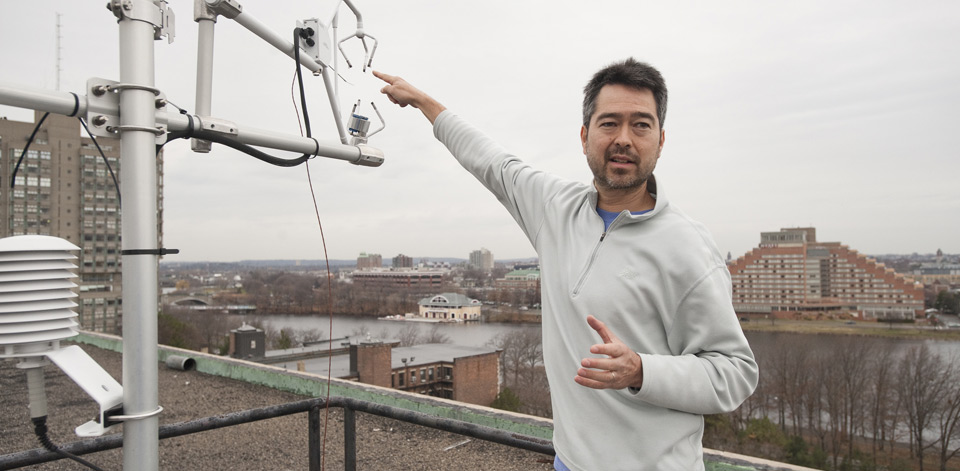Boston and Massachusetts have earned top rankings for their energy efficiency programs. Both have a clear set of goals to reduce greenhouse gas emissions (25% by 2020 and 80% by 2050), a comprehensive action plan to meet those goals, and have been reporting progress at or above interim targets. However, a recent study revealed a major missing piece in how they have been accounting for progress: natural gas leaks.
The study, published in the Proceedings of the National Academy of Sciences and completed by researchers at Harvard and Boston University, found that methane is leaking in the region as much as three times previously estimated. Infrastructure leaks account for 15 billion cubic feet of methane gas.
But what does this mean for the region’s climate goals? Methane is a powerful greenhouse gas that contributes to climate change; in fact, it’s 34 times more potent than carbon dioxide.The leaking methane is enough to heat as many as 200,000 homes a year and, at today’s prices, represents $90 million in lost fuel.
This research is the first time methane leaks have been quantified using continuous measurements of methane in the air in a major metropolitan area. It builds on previous research on methane leaks from Boston and other cities, including Barr-supported efforts to map the number of leaks in Boston and raise awareness of the problem. That study found 3,300 leaks in Boston and estimated that the state lost more through gas leaks than it saved through gas efficiency programs.Concerned with the public safety, climate, and financial impacts of the leaks, Massachusetts legislators unanimously passed a law last year requiring utilities to classify and repair leaks in a timely fashion. The new law also allows municipalities to request data about the location of gas leaks. The legislature, however, chose not to address smaller leaks or the fact utilities are permitted to pass the costs of lost gas on to customers—so there is no financial incentive for utilities to manage leaks in their distribution networks. Two new bills have been filed this year to try fix these problems.
Barr grantees the Clean Water Fund and Metropolitan Area Planning Council (MAPC) are working to inform municipalities that they can request leak data. MAPC is also helping to share approaches on how municipalities can coordinate road reconstruction projects with utilities so that pipe repairs can be made when the roads are opened up.
In a follow-up calculation, report co-author Nathan Phillips, a professor in the Earth and Environment Department at Boston University, found that, when Boston findings were extrapolated to the entire state, gas leaks amounted to about 10% of the Commonwealth’s annual greenhouse gas inventory for 2012–2013. That 10% doesn’t even include carbon dioxide released from the remaining natural gas that is actually combusted, which adds another 10% to its emissions inventory.
To meet our climate goals, these are numbers that simply cannot be ignored. At Barr, we intend to continue following this issue closely, working with our many partners across the region to understand and incorporate these important findings into our future planning.
Professor Nathan Phillips featured in photo on Boston University roof with methane monitoring equipment.




